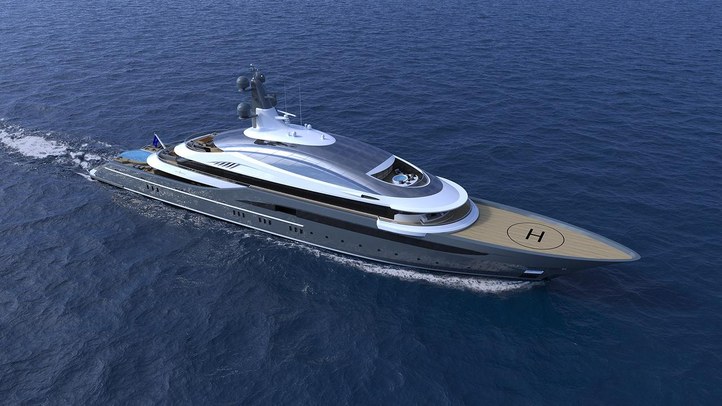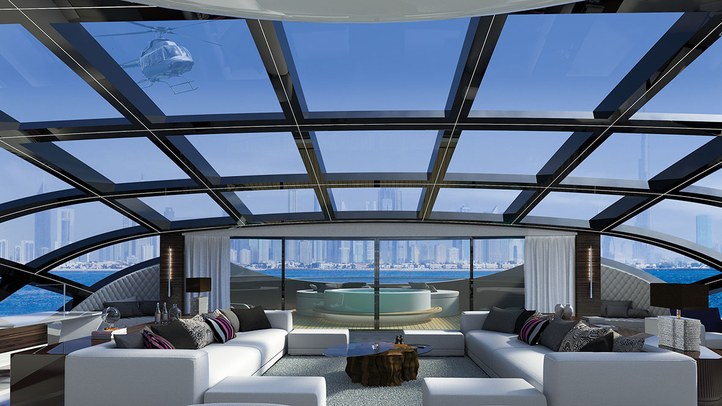The use of load-bearing glass in the superstructure of superyachts
- Daniël Wium
- Jan Belis (supervisor)
- Evert Lataire (supervisor)
Description:
The use of glass in the design of superyachts is an innovative method of increasing the comfort and spatial experience on board the vessel while also providing striking aesthetics. Currently, there exists a trend in the superyacht industry in increasing the amount of glass used in the construction of the vessel. Increasing the size of windows give passengers a greater sense of the outside world. Larger glazed areas also allow more natural light into the yacht. Major limitations are imposed on the dimensions of uninterrupted glazed areas due to the presence of the structural components of the superyacht. Due to the brittle nature of glass, shipbuilders still make use of conventional structural materials for load-bearing applications. The use of glass as a load-bearing component presents a solution to this problem as it can to add to the strength of the yacht structure, thereby reducing the necessity for conventional structural elements. However, the brittle nature of glass and its post-fracture behaviour presents major challenges for the use of load-bearing glass in a ships’ structure. There currently exists a lack in knowledge as to how the challenges of the marine environment can be addressed to enable the use of glass as a structural, load-bearing component in ships. The aim of the project is to investigate the load-bearing capacity of glass in the superstructure of a superyacht. Particular attention is given to force transfer and stress distribution in the glass, the structural connections between the glass and the superstructure, as well as the durability in the marine environment. This project is supported by both the Maritime Technology Division and the Structural Glass Research Group at Ghent University. The consortium of the project also includes the engineering company Multi Engineering and the superyacht builder Oceanco.

